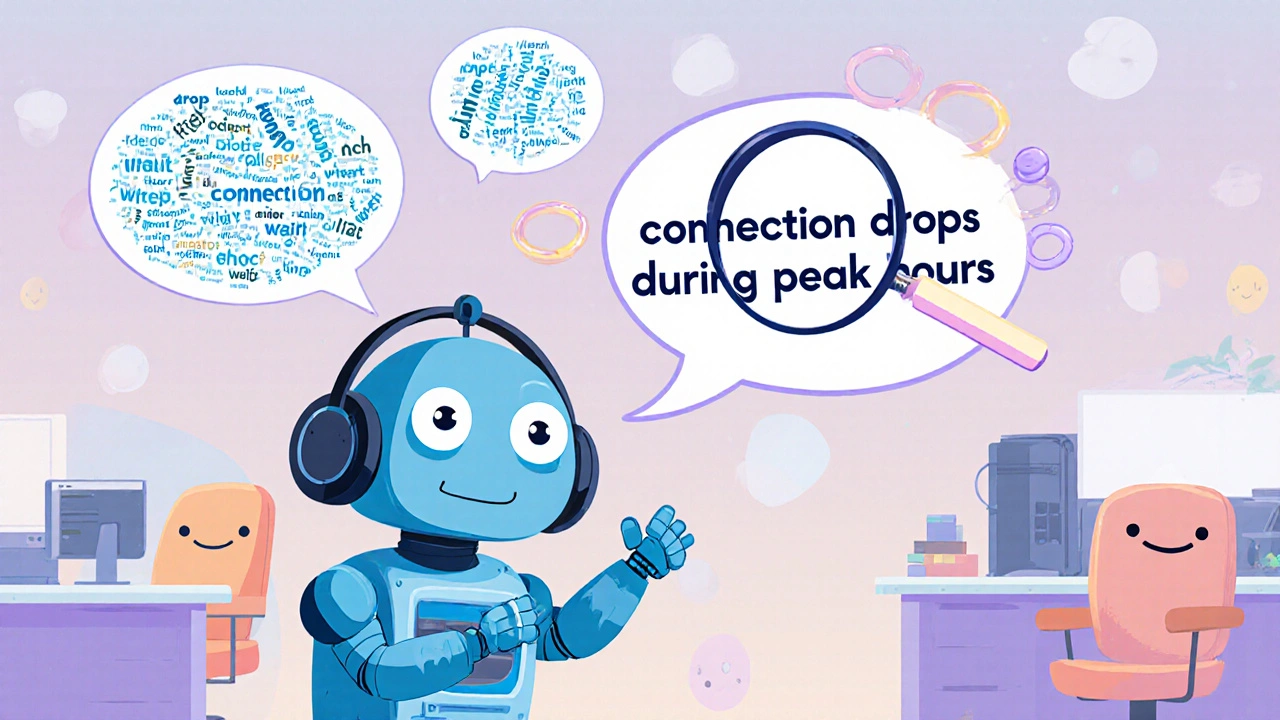NLP for VoIP: How AI Understands Voice Calls to Improve Service
When you talk to a customer service bot and it actually gets what you mean, that’s NLP for VoIP, Natural Language Processing applied to voice calls to interpret spoken words as meaningful intent. Also known as speech understanding, it’s what turns robotic IVRs into helpful assistants that can answer questions, route calls accurately, and even detect frustration. This isn’t science fiction—it’s running right now in call centers, small businesses, and even church hotlines using systems like OpenPhone and Microsoft Teams.
NLP for VoIP works by turning audio into text, then analyzing that text for keywords, tone, and intent. It doesn’t just listen—it understands. If a caller says, "I can’t log in to my account," NLP identifies the problem as a login issue, not just a general complaint. That means calls get routed to the right person faster, reducing hold times and improving satisfaction. It also powers features like call tagging, automatically labeling calls by topic like "billing," "technical support," or "complaint", which helps businesses track trends without manual work. And when paired with auto-attendant, a voice-driven menu that responds to natural speech instead of pressing 1 for sales, 2 for support, it removes the frustration of outdated phone trees.
But NLP for VoIP isn’t just about convenience—it saves money. Companies using it cut training time for agents because the system handles routine questions. It also reduces errors in call recording analysis. Instead of manually listening to hundreds of calls to find common complaints, NLP scans them all in seconds and flags patterns. You’ll see this in action in posts about call dispositions, compliance, and contact center quality. It’s why businesses are moving away from basic IVRs and toward systems that actually listen.
What you’ll find in this collection are real, practical guides on how NLP for VoIP works behind the scenes—how it connects to call recording, how it improves virtual receptionists, and why some systems still fail. You’ll learn which tools actually understand speech versus just playing pre-recorded responses. And you’ll see how even small teams can start using these features without spending thousands on fancy hardware. No fluff. Just what works today.
